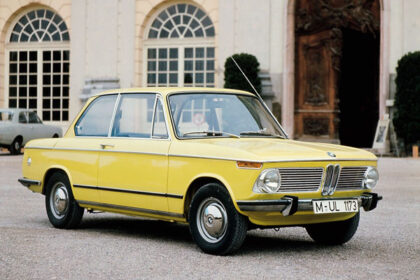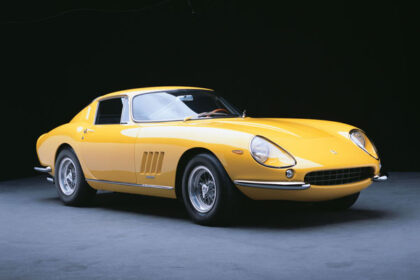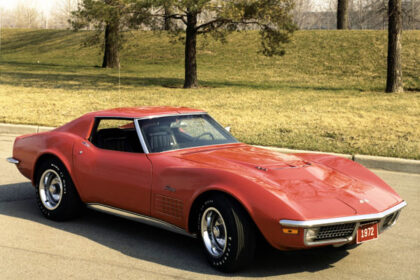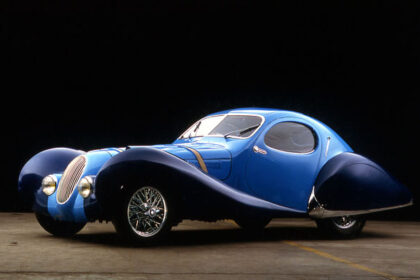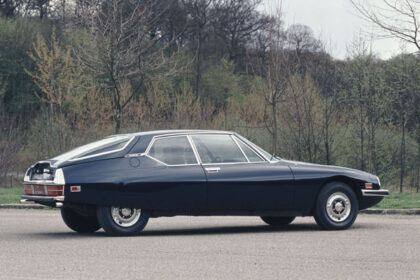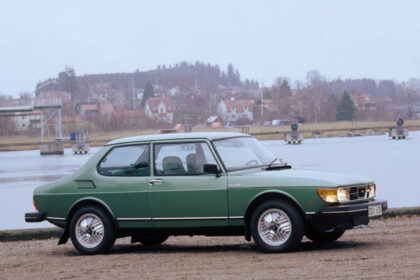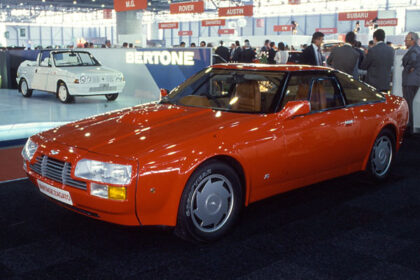FORD P6 LTD
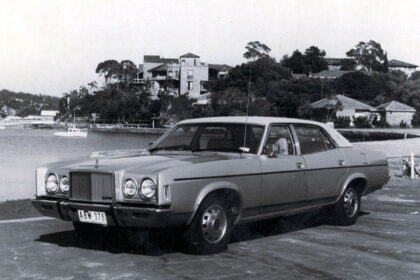
Bearing absolutely no family resemblance to the then current XC Falcon, the P6 LTD caused something of a sensation. It was first introduced in September 1976 and all up 5896 vehicles were built. It was eventually replaced by the FC LTD in June 1979. The P6 was big and looked big. Styling was clean and crisp in the American manner. The wheelbase was 3074mm, the longest of any modern passenger car in Australia. The engine continued to be the well proven 5.8-litre V8, designed to meet newly introduced emission controls…. Read more




